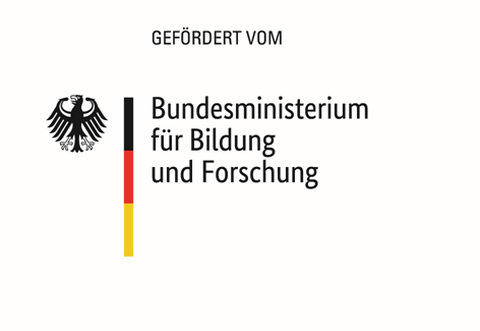HoWa-innovativ - Flood early warning for small catchments with innovative methods of precipitation measurement and prediction
Subproject: Probabilistic flood early warning for small catchments
The objective of the overall project is a spatially more accurate prediction of floods using innovative precipitation measurement and forecasting methods, especially for small catchments. Small catchments are hardly covered by the existing gauging network, so that warnings based on measured discharge are not given or are given significantly too late. Acceptable lead times for flood warning can therefore only be achieved by incorporating the rainfall-runoff behaviour of the catchments in combination with precipitation measurement as well as meteorological forecast products (e.g., quantitative numerical weather prediction, nowcasting), which are subject to high uncertainties. The novel combination of radar data from the German Weather Service (DWD) with precipitation information from commercial microwave links (CMLs) will increase the accuracy of precipitation measurements. Furthermore, a demonstrator for a precipitation-based flood early warning system is being developed, which takes into account the uncertainties of the meteorological forecast and communicates them to the actors of disaster control. The project is performed in closed collaboration of the Saxon Flood Forecasting Centre with experts from the Technische Universität Dresden and the University of Augsburg to develop user-oriented and technically innovative solutions to achieve this goal.
The subproject of the TU Dresden, Chair of Hydrology, develops the demonstrator for flood early warning for small catchments. The system includes an early warning based on hydrological ensemble forecasts and a short term forecast of runoff using the novel CML techniques.
To obtain the hydrologic ensemble forecast, precipitation forecasts of numerical weather models including their forecast uncertainty are processed by area-specific rainfall-runoff models and statistically evaluated afterwards. Currently, the ensemble products COSMO-D2-EPS / ICON-D2-EPS of the DWD are used and a lead time for flood warning of up to 27 hours is achieved. Since large amounts of data have to be processed and analysed in a short time, the potential of high performance computing systems will be used and rainfall-runoff models will be developed which are computationally fast and robust. The demonstrator will be developed in dialogue with actors of disaster control and tested in three pilot regions in Saxony.
Link to the Demonstrator:
http://howa-innovativ.hydro.tu-dresden.de/WebDemoLive/
Link to the project homepage:
https://www.howa-innovativ.sachsen.de/
| Duration |
August 2018 - October 2021 |
| Funded by | |
| Network Partner | |
| Associated Partner |
|
|
Funding program |
Research for civil security 2018 - 2023 |
| Funding measure | User - Innovative: Research for civil security |
| Funding code | 13N14825 |
| Additional Information | https://www.sifo.de/ |
| Staff |
Dr. Jens Grundmann |



